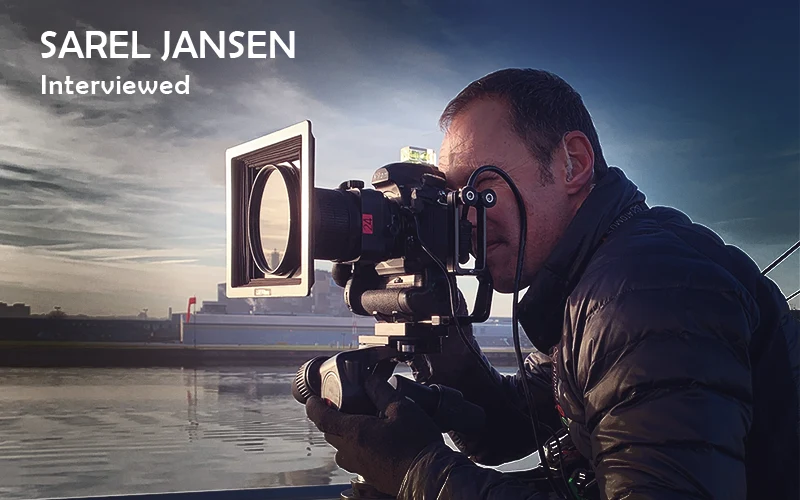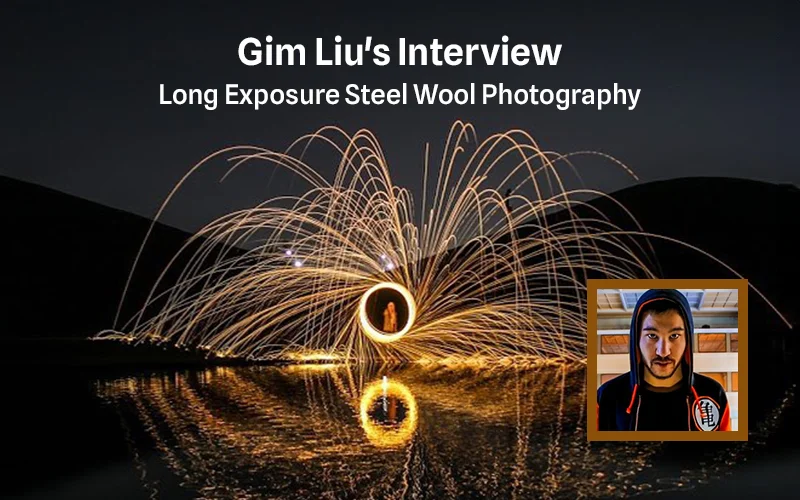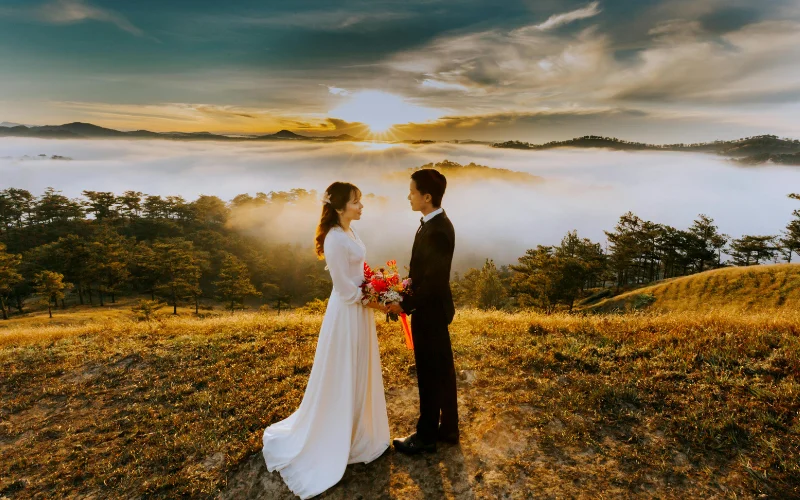Sarel is a renowned commercial photographer based in London.
He has worked and shot amazing photographs for small and large firms worldwide, including in EMEA, North America, and APAC territories.
Sarel’s clean and effortless style creates exceptional, attention-grabbing images. Not just the execution of photographing the images.
He specializes in various genres of photography, particularly portrait photography, architectural photography and interiors.
But Sarel continues to put major efforts into the planning of pre-production and later works on executing the commercial photoshoot, giving his 100%, which is then followed up by the post-production.
Commercial photography is nothing but putting your best effort into photography for advertising and product or service. It involves interacting with the clients and learning about their expectations.
He believes that communication is the key; therefore, it helps clients with a smooth process and a better understanding of things.
In this interview, let’s listen to the man himself talk about his photographic journey in detail.
Q1. Before getting started as a commercial photographer, can you tell us about your background and how you got started in photography?
Ans. At the age of 20, I left South Africa, where I grew up, & set off on a 4-year trip travelling through Africa, India, the Middle East and Europe. It was while recording these experiences of diverse & rich cultures that I found my love of photographing places and faces.
After settling in London, I started working at Tony Stone Images, now owned by Getty Images. It was in the newly established scanning department, where the vast archives were being digitised that I had the unique opportunity to study the work of the world’s leading photographers in detail.
The very high standards and quality of the commercial photos that were accepted into the archives became my benchmark. So, I started what became a very long journey of gaining the technical skills to create high-quality commercial photos the way I visualised them.
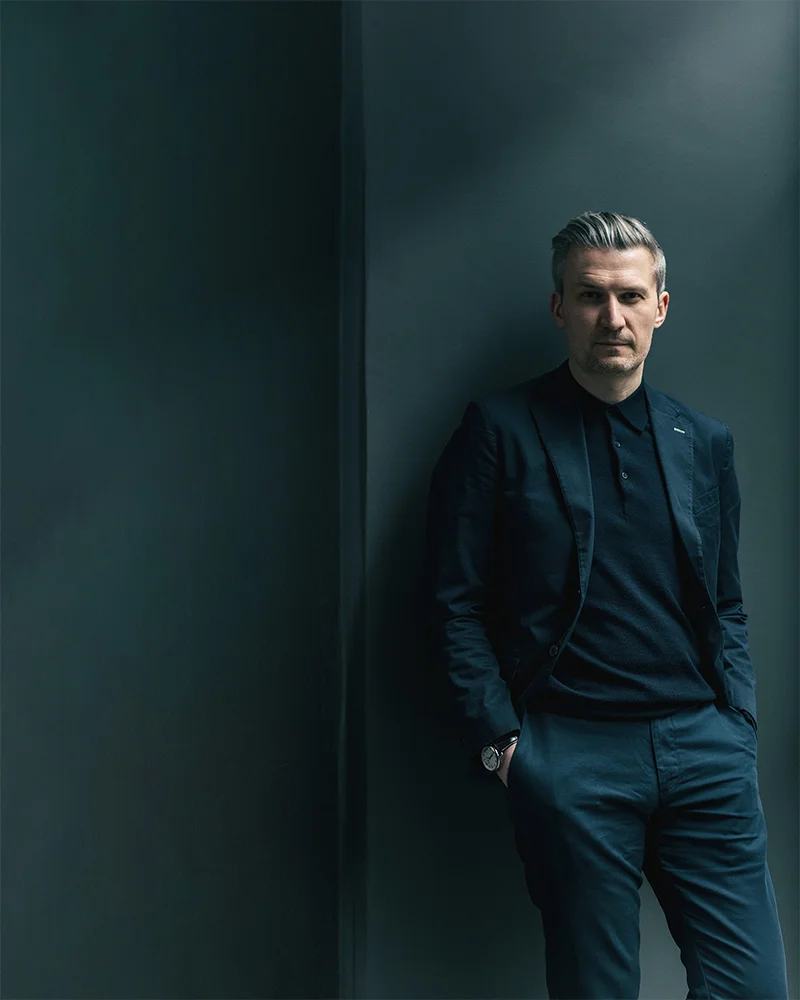
Q2. As a commercial photographer, what led you to specialize in portrait photography, architecture photography , and interiors in your photography career?
Ans. My first paid work was photographing events, exhibitions, and large music concerts. It was a great way to learn how to read a scene and compose and expose images quickly, as timings were always very limited.
Another challenge was having little to no control over mixed lighting conditions & changing colour temperatures. Planning where to be to capture the action before it happens is as important as taking the shot.
With an interest in design, from architecture to fashion, I made the decision to focus my networking on business owners within the design industry. Having time to create shots with more control over the lighting & what went into the image was a welcome change.
As a result of my experience in fast-paced events work, I discovered that I could shoot setups pretty quickly. This is particularly helpful when shooting spectacular portraits of celebrities or heads of business who generally have little time to spare.
Starting in events photography strengthened my technical understanding and shot list planning immensely, which are still essential in my work today.
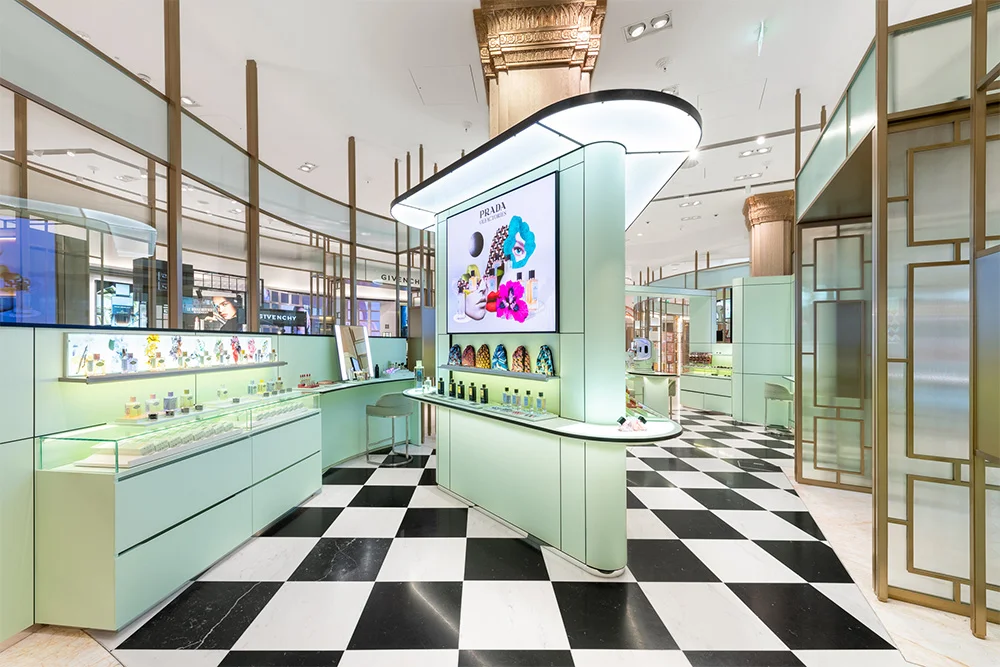
Q3. Your website mentions that you’ve worked with businesses worldwide. Could you share some memorable experiences or projects from your international work?
Ans. On a shoot in Italy my assistant, who was also acting as the interpreter on this leg of the global project, informed me that my sitter wanted to ask me out on a date!
I awkwardly insisted we continue with the photography & was told that my sitter was taken aback by my reluctance to give her an answer.
I continued to check the images while the two of them carried on with their conversation. Then my assistant shouted: “Oh no! She wants to know when is your next shoot date…”
I much prefer the fun stories about working in different countries rather than the reality: 3 hours of sleep a night for several days in a row, all our lighting kit arriving in a different country to where we are shooting, remaining focussed & professional through severe jet lag and being rushed to hospital to get 7 stitches after colliding head first with an icicle in -22˚C mid-shoot.
Despite the inevitable challenges, the projects are very rewarding.
…& yes, I did finish the shot before going to the hospital.
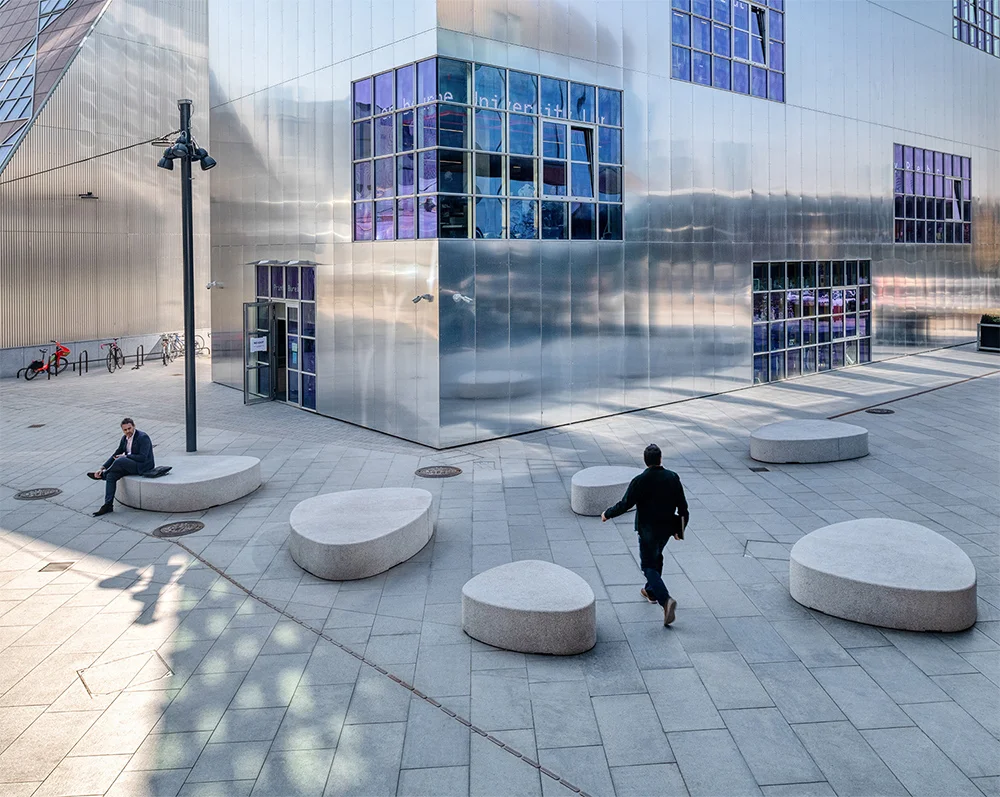
Q4. You’re known for your meticulous attention to detail in various stages of photography. How do you ensure this attention to detail in your work?
Ans. I’m constantly aware of details; it’s not a conscious decision for me. It happens naturally.
I believe all photographers have to shoot frequently & don’t let their tools dominate the message.
I shoot every week, so making lighting and compositional decisions, handling cameras, posing sitters, etc., becomes second nature.
Due to only using prime lenses, I know what looks & characteristics each focal length will give me in a particular setup before I put the camera to my eye.
So, rather than the tools being a distraction, I can spend my time and energy interacting with my sitters, finding interesting angles and good light, and deciding which elements enhance or detract from the image.
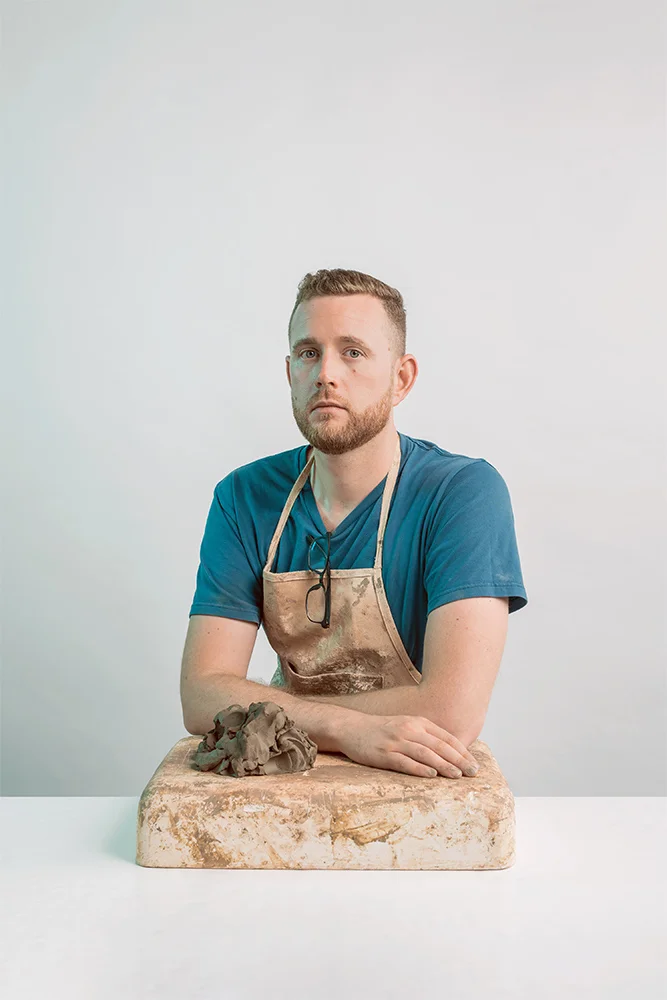
Q5. As your website states, clear communication with clients is crucial for a commercial photographer. How do you communicate effectively throughout a project, especially on tight deadlines?
Ans. As a commercial photographer, understanding a client’s marketing strategy underpins successful production & the scale of the project dictates the amount of communication.
It’s essential to get clarity, from the outset, on how my clients want the world to see their projects. Being across every part of the shoot brief by discussing mood boards, going on location recces, etc. is vital to help plan the technical aspects as well as logistics of the shoot.
People often interpret the same situation differently to the next person, especially when language barriers & different cultural backgrounds are included in the mix. Discussing with my clients how I plan to fulfil their brief, through my style of work, helps to iron out misunderstandings early on.
A key part of every project, regardless of its size, is to be crystal clear on deliverables & usage terms from the outset. Nobody enjoys trawling through legal documents but making time to read it thoroughly once will make the project a lot less complicated long after the delivery date.
Through meticulous planning, most of the images are designed before the shoot day. However, last minute client changes are inevitable. Therefore getting shots signed off by the client as we shoot, helps to ensure the final images are exactly what they requested.
In the same way that knowing your equipment inside out can help simplify your shoot, having a tried & tested post-production pipeline in place is essential to stay on track until the final selects are delivered.
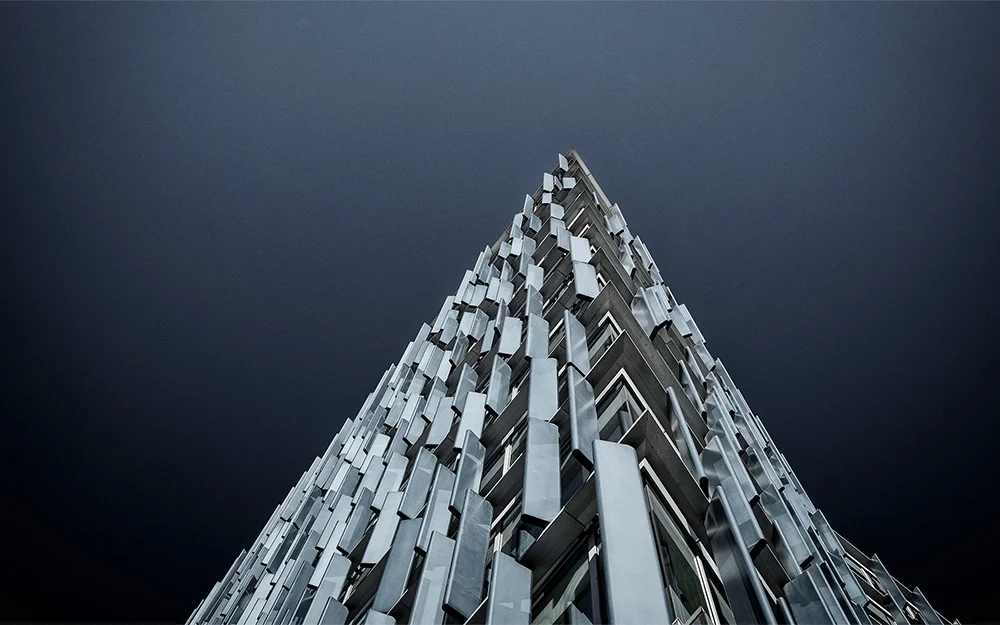
Q6. What are some challenges you’ve encountered in your photography career, and how did you overcome them?
Ans. There are many. Marketing teams & building contractors often have different opinions of when building works are completed & ready to be photographed.
Poor communication between clients & ops teams frequently causes scheduled maintenance works to conflict with photography timings.
Lack of correct site access & shoot permissions also stops shoots in their tracks.
I’ve created client checklists that address basic but crucial questions that need to be answered before a location recce is booked.
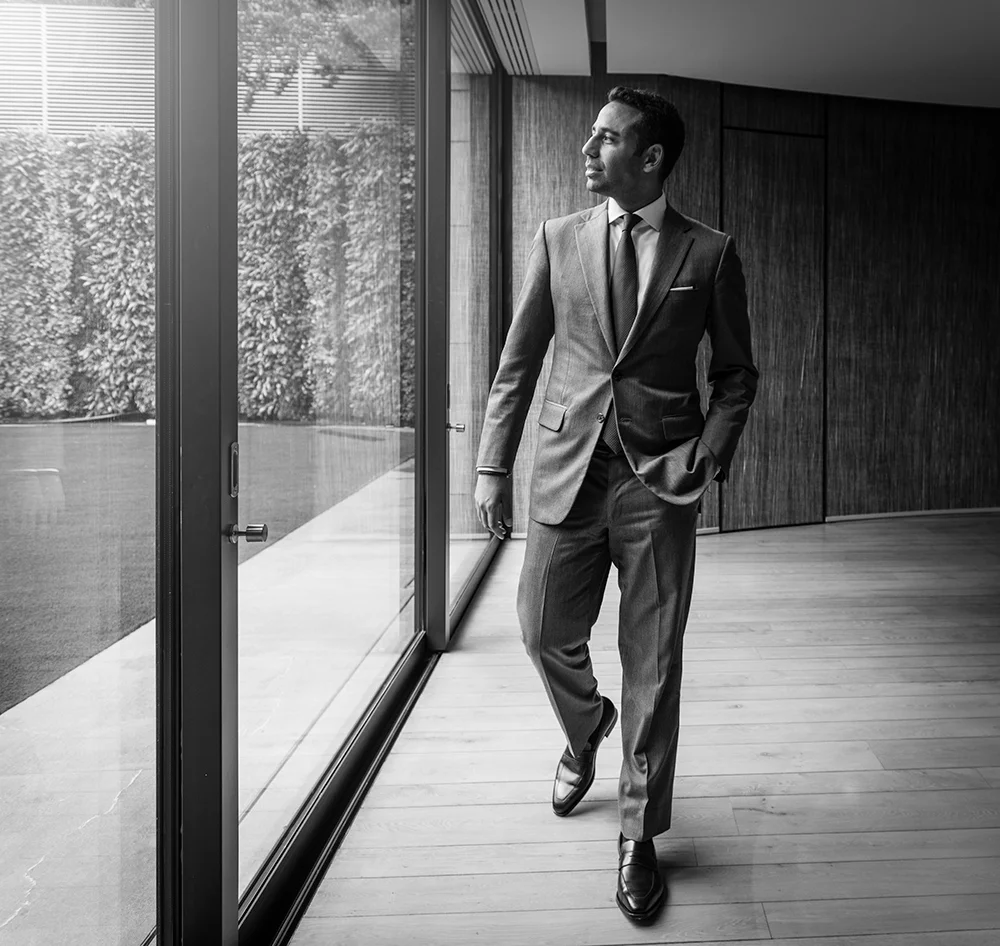
Q7. Has a specific commercial photographer, other photographers, or artists influenced your style and approach to photography?
Ans. I enjoy the work of many great photographers, from the stunning portraits of Nadav Kander, Mark Seliger, and Rankin to the fashion work of Nick Knight, Tim Walker, and Steven Meisel.
They’re masters of pushing boundaries within their niche areas. Always creating, always moving forwards.
Perhaps the bigger learnings for me are from their approach to the industry rather than their styles.
Q8. Technology and trends in photography are constantly evolving. How do you stay updated and adapt to new tools and techniques in your work?
Being part of a professional commercial photographer community is definitely a good choice, as discussions and support regarding equipment, based on real-life experiences in your chosen area, are invaluable.
Established photographers generally don’t update their kit every time a new piece of equipment is released.
When you invest in high-end equipment, it tends to last for a good amount of time. From a business perspective, unless a new piece of kit directly increases your profitability there’s very little reason to change.
Software, on the other hand, does change constantly. Specialist suppliers are good at maintaining a close relationship with their clients and being aware of what their exact requirements are.
Capture One, for example, not only constantly update & improve their software but hold regular webinars to demonstrate the latest changes through live sessions with industry professionals.
It’s important to know your own path. This will make it easier to notice the changes in your niche area & differentiate between trends that can be beneficial to your work or simply a distraction from your goal.
Check Out More About Capture One in this eBook Capture One Hidden Features – eBook
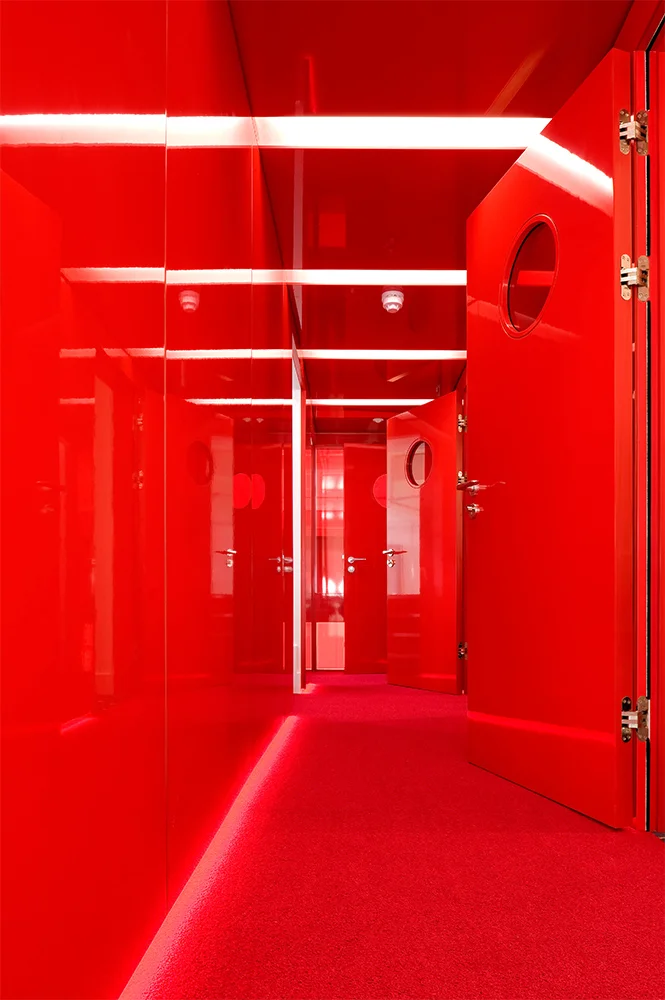
Q9. Can you share some tips or advice for an aspiring commercial photographer looking to build a successful career in commercial photography?
Ans. Direction creates clarity. Decide on the type of work you want to do.
This will make it clear who to approach for commissions, who your competition is & what equipment you should get your hands on.
Always strive to improve on your last favourite piece of work. Complacency stops growth.
Q10. In the creative field, inspiration can come from various sources. What inspires you in your work and keeps you motivated to create exceptional photography?
Ans. People inspire me. Either meeting them directly or indirectly by working on projects they designed.
Art is a big motivator. One of my personal favourite areas of inspiration comes from visiting art exhibitions on a Sunday afternoon.
I only get commissioned to capture interesting people & places. As a result, my work naturally surrounds me with inspiration.
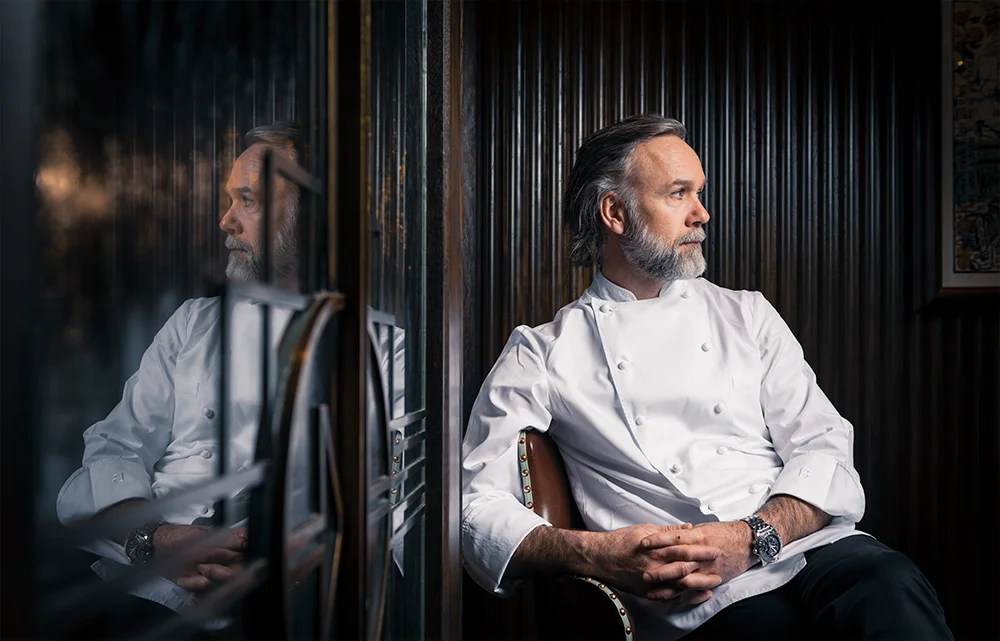
Conclusion
In conclusion, Sarel is a London based commercial photographer who specializes in portrait photography, architecture photography, and interiors.
He has worked with small and large firms worldwide, putting major efforts into pre-production planning, shoot execution, and post-production.
In this interview, Sarel talks about his background and how he got started in photography, his specialization in portraits, architecture, and interiors, and memorable experiences from his international work.
His meticulous attention to detail, effective communication with clients, challenges he has encountered in his career, and the photographers who have influenced his style and approach toward commercial lifestyle photography.
Overall, Sarel’s journey in photography is a testament to his passion, dedication, and commitment to creating attention-grabbing images.
Check out more of his work on his website here.
